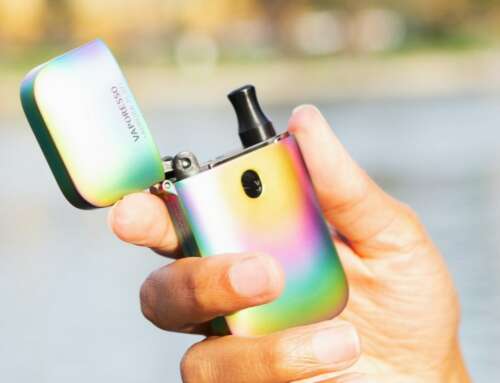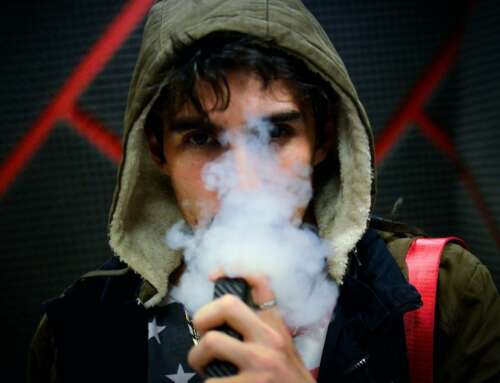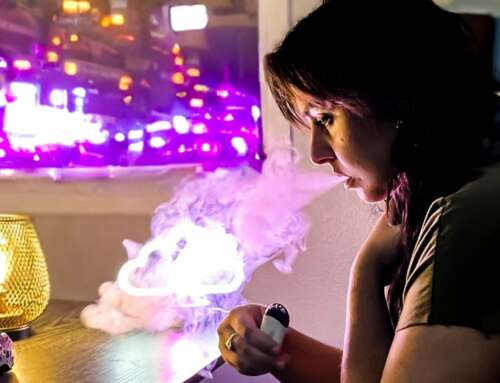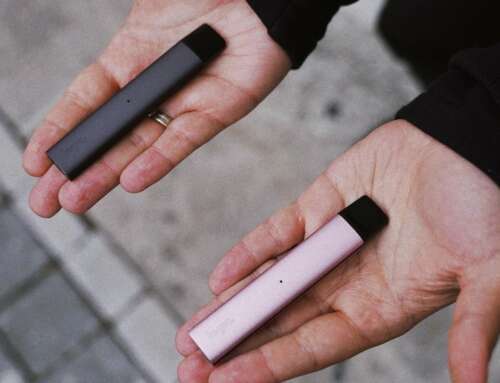More young people are needing emergency assistance for alcohol intoxication than in previous years, new data from Western Australia show.
The state-wide ambulance figures show ambulance call-out rates are on the rise in the state, with young women requiring more urgent medical assistance for alcohol intoxication than young men.
The figures were released this week by St John Ambulance WA and the McCusker Centre for Action on Alcohol. There were 247 ambulance requests for young women aged 13 to 18 in 2016, compared to 212 alcohol intoxication call-outs for men of the same age.
This is the first time the data has been broken down into male and female categories.
The number of alcohol-related ambulance requests in 2016 was higher than in previous years. There were 5063 calls for urgent medical assistance in WA last year, an average of 14 ambulances per day. This is an 11% increase from 2014, when 4552 call-outs were recorded.
Research Fellow at Curtin University and Executive Officer at the McCusker Centre for Action on Alcohol and Youth, Julia Stafford, said these figures were just “the tip of the iceberg”.
“These were only the call-outs where alcohol intoxication was recorded as the primary issue,” she said.
The data does not include alcohol-related incidents recorded under a different problem code, such as road crashes, injuries and assaults.
Not just a bit of fun
Last month’s Australian Institute of Health and Welfare National Drug Strategy Household Survey showed a significant decline in risky drinking among people under 30 years old. It also found fewer 12 to 17-year-olds were drinking alcohol and the proportion abstaining from alcohol significantly increased.
But while the rates may be falling, young people are evidently still drinking at dangerous levels.
Professor Tanya Chikritzhs from the National Drug Research Institute said heavy drinking as a teenager had both short and long term impacts.
Along with increased risk of injury, she said there’s also growing evidence about the damage alcohol can have on a growing brain.
“We’re learning more and more that an early start to alcohol consumption – and a heavy early start – can set you up for a greater likelihood of having an alcohol dependence problem as you venture into middle age and older,” she said.
Professor Chikritzhs also said regular moderate exposure to alcohol is a risk factor for many chronic diseases, including breast cancer.
“It’s not a good thing to start heavy drinking behaviour in your teen years because it follows you through for life,” she said.
Why teenage girls are drinking to excess
Professor Chikritzhs said there are a range of reasons why young women are picking up speed in relation to their drinking.
“Things like marketing and advertising are changing the way females see themselves in relation to alcohol, drinking behaviour, growing disposable income,” she said.
“The more a young person has at their disposal, the more they can purchase.”
Ms Stafford said better campaigns were needed in schools to target problem drinking.
“We don’t actually know what’s happening in schools in terms of alcohol education – it’s not well-recorded. Some students will be receiving really good quality programs over their school years, but other will just be receiving one-off sessions,” she said.
“Consistent school education around alcohol and how to prevent getting into problems and how to help your friends […] is something we still need to do in Western Australia and elsewhere.
She also said governments needed to send a stronger message to the people providing teenagers with alcohol, such as their parents.
How accurate are our surveys?
Ms Stafford said it was a positive sign rates of risky drinking were on the decline.
“Obviously we are seeing some encouraging trends in those drinking patterns. It’s not all bad news,” she said.
“It’s just this new information shows we’ve got reason to still be concerned about those young people who are drinking.”
Professor Chikritzhs said the ambulance call-out data raised some questions around the accuracy of drug surveys, which have shown a decrease in underage alcohol consumption.
With a 50% response rate, she said the National Drug Strategy Household Survey may miss important demographics, because they’re harder to reach with traditional survey approaches.
“We need to be very aware if the number of people ending up in hospital or emergency departments or reported by police are going in one direction, and the survey is going in another direction, we need to be asking some questions about why this might be,” she said.
–
This article first appeared in The Conversation: Paramedics treating more young women for alcohol intoxication than men







Leave A Comment